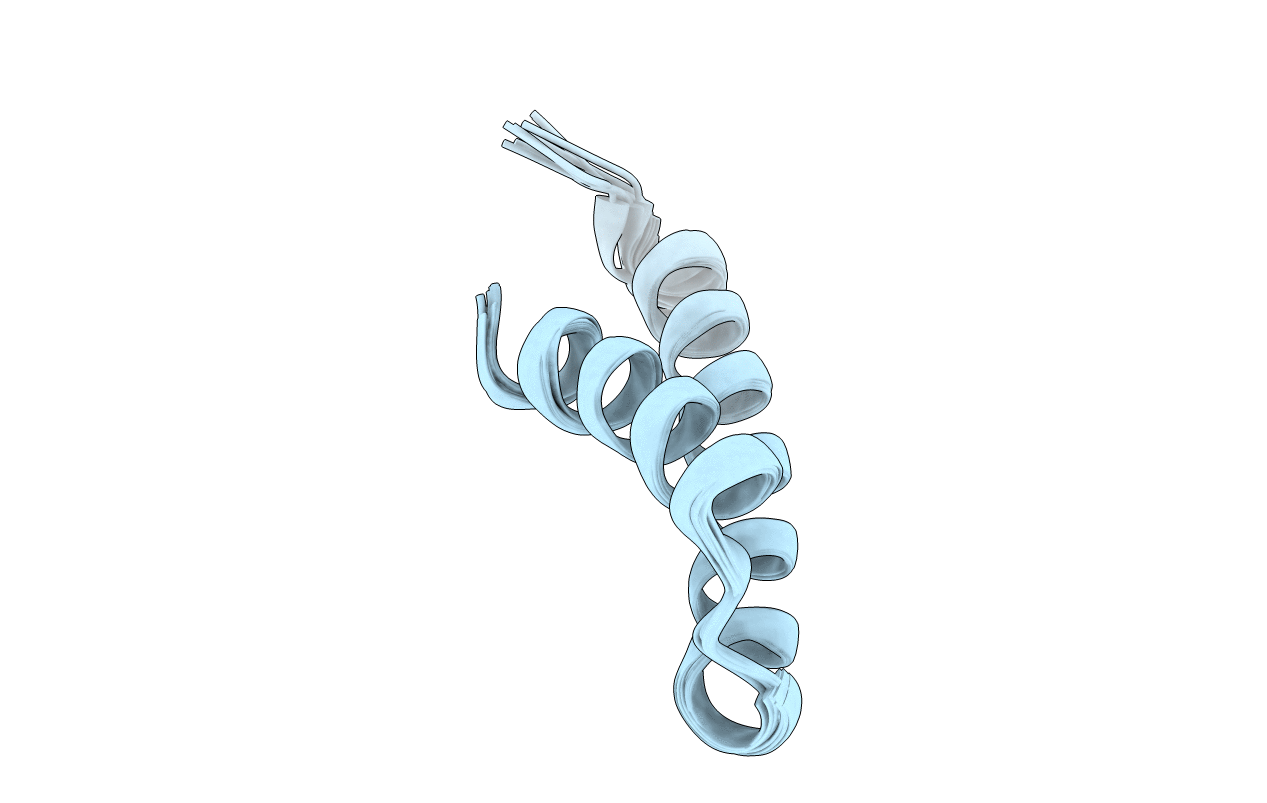
Deposition Date
2020-04-22
Release Date
2021-05-12
Last Version Date
2024-06-19
Entry Detail
Biological Source:
Source Organism:
Pseudomonas phage LUZ24 (Taxon ID: 484895)
Host Organism:
Method Details:
Experimental Method:
Conformers Calculated:
100
Conformers Submitted:
10
Selection Criteria:
structures with the lowest energy


